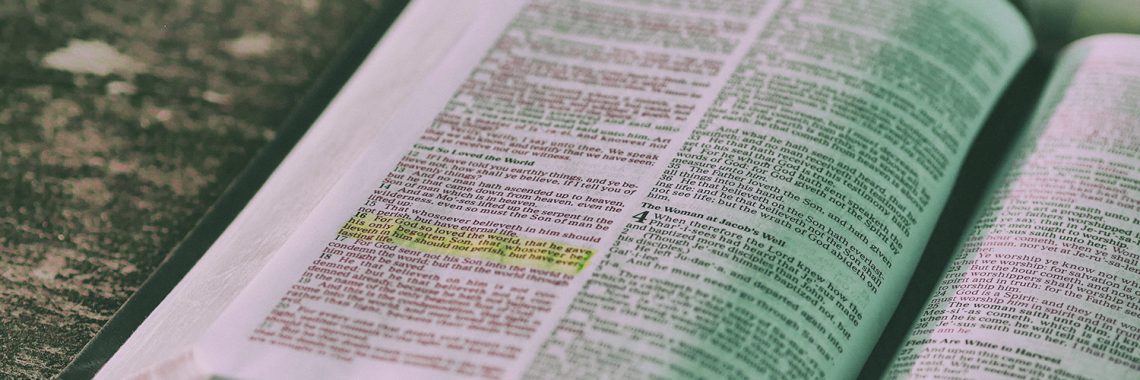‘We proclaim and define it to be a dogma revealed by God that the immaculate Mother of God, Mary ever virgin, when the course of her earthly life was finished, was taken up body and soul into the glory of heaven.’
This is the definition of the subject of today’s feast, officially pronounced by Pope Pius XII in 1950. However, the Assumption of Mary has a much longer history of devotion, going back as far as the 4th century AD. It’s a well-established belief across Orthodox and oriental churches. Such devotion has been expressed in a very wide range of art, such as poems and hymns, paintings, sculptures and, most visibly, great churches. My home parish church where I grew up is absolutely ginormous – our church in Inverurie could be easily contained within its sanctuary – very baroque and dedicated to the Assumption of Mary. Our Cathedral here in Aberdeen is of the same dedication. In fact, so many churches across the globe are dedicated to this particular aspect of our faith that we could ask why. The Reformation rejected Marian devotion – along with many other aspects of the Christian faith – though there’s no shortage of protestant church buildings bearing the name of Mary; I find it rather amusing… Let’s try to find out what we actually celebrate today.
Firstly, let me take one thing out of the way. There’s a widely spread assumption (excuse the pun) that Mary didn’t die but was taken to heaven alive. The dogma doesn’t actually address this in a definite way: ‘When the course of her earthly life was finished, [she] was taken up body and soul into the glory of heaven.’ Eastern churches observe the same Feast but call it The Dormition of Mary and believe that ‘the Holy Virgin underwent, as did her Son, a physical death, but her body – like His – was afterwards raised from the dead, and she was taken up into heaven, in her body as well as in her soul. She has passed beyond death and judgement and lives wholly in the Age to Come. The Resurrection of the Body … has, in her case, been anticipated and is already an accomplished fact. That does not mean, however, that she is dissociated from the rest of humanity and placed in a wholly different category: for we all hope to share one day in that same glory of the Resurrection of the Body that she enjoys even now.’ This quotation from Bishop Kallistos of Diokleia neatly takes us to the core meaning of today’s feast.
We can find it in the liturgical prayers of Mass, particularly in the Preface: ‘For today the Virgin Mother of God was assumed into heaven as the beginning and image of your Church’s coming to perfection and a sign of sure hope and comfort to your pilgrim people.’ In other words, Mary is the trailblazer for the Church, its first member to reach the ultimate destiny, the fullness of redemption. It reflects our own eventual destination of travel. To illustrate that imperfectly, let me use a story from the book ‘The Hobbit’ by JRR Tolkien. A group of 13 dwarves and Bilbo Baggins were travelling across the dangerous, hostile forest of Mirkwood. They were told to stick to the path, not to stray from it under any circumstances, as it would lead to their demise. Having travelled for days, they are exhausted physically and mentally; the forest seems to go on forever, and the dwarves are at their wits’ end. Bilbo Baggins, as the lightest and most agile, is sent up a tree to see how far it is to the end of their journey. In a spiritual sense, Mary is our scout who has already arrived at the final destination and now gives us the courage to continue our journey because our destination is within our reach.
Let me conclude with the words of the prayer I will say at the end of this Mass: ‘We ask you to grant, O Lord, that, through the intercession of the Blessed Virgin Mary, whom you assumed into heaven, we may be brought to the glory of the resurrection.’

